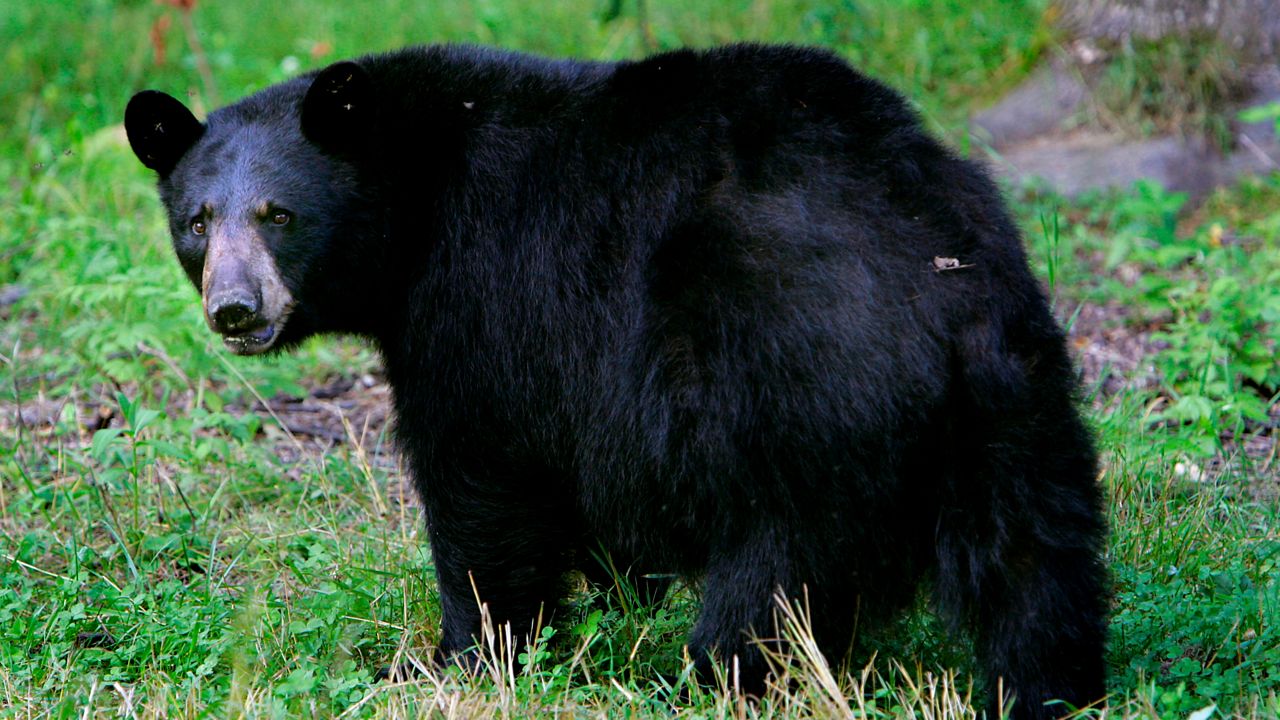Fall in Missouri means numerous things, changing leaves, wooly bear caterpillars and even bear sightings. It’s not unusual to see black bears, Missouri’s only bear type, in the southern part of the state.
And when it comes to winter, the outlook for the state shows slightly warmer conditions this year, which could lead to bears roaming around a bit longer.
However, according to Nate Bowersock, Black Bear/ Furbearer Biologist with the Missouri Department of Conservation, “black bears have been documented in almost every county in Missouri.”
Adding, “With the growing bear population, bear sightings are becoming more common in the central regions of the state,” including the St. Louis metro. Black bears can vary in color from black to dark brown to even reddish brown or blond.
To help control the population, a regulated bear hunting season began in Missouri two years ago. The season lasts for ten days in mid-to-late October.
Bowersock says the third year of the program was successful with bears being harvested in four new counties. The number of harvested bears this year was 12.
Bears are most active in the fall because they are fattening up for hibernation. “In Missouri, we typically see female bears start to hibernate at the end of November or beginning of December and male bears waiting until later December to hibernate.”
The dry fall across the state has had bears relying on other food sources besides their typical diet of acorns. As Bowersock explains, “Despite the drought conditions and the below average acorn crop we saw this year, there was still abundant natural food such as persimmons or wild plums that bears were able to utilize this year to put on weight to prepare for hibernation.”
With less food sources available during the winter, bears have evolved to slow down their metabolisms during the cold and sleep more. When we think of hibernating bears, we picture the mammals deep in their dens sleeping for the entire season, but that’s not always the case.
“In years when the weather is milder and foods such as acorns are still abundant in the woods, bears might not hibernate as long or at all as they have enough food to persist on to make it until spring. This is especially more common the farther south you go in the US.”
A mild winter will probably mean more bear sightings in the region. Bowersock cautions residents to never approach a black bear, even though they are mild-mannered animals. “To prevent any sort of conflict between humans and bears, it is important to properly contain any unnatural foods, such as garbage.”
Adding, “Things such as bird feeders or pet foods should be brought in until the bear activity in a given area stops.” And urges people to report bear sightings on the MDC website.
Our team of meteorologists dives deep into the science of weather and breaks down timely weather data and information. To view more weather and climate stories, check out our weather blogs section.





